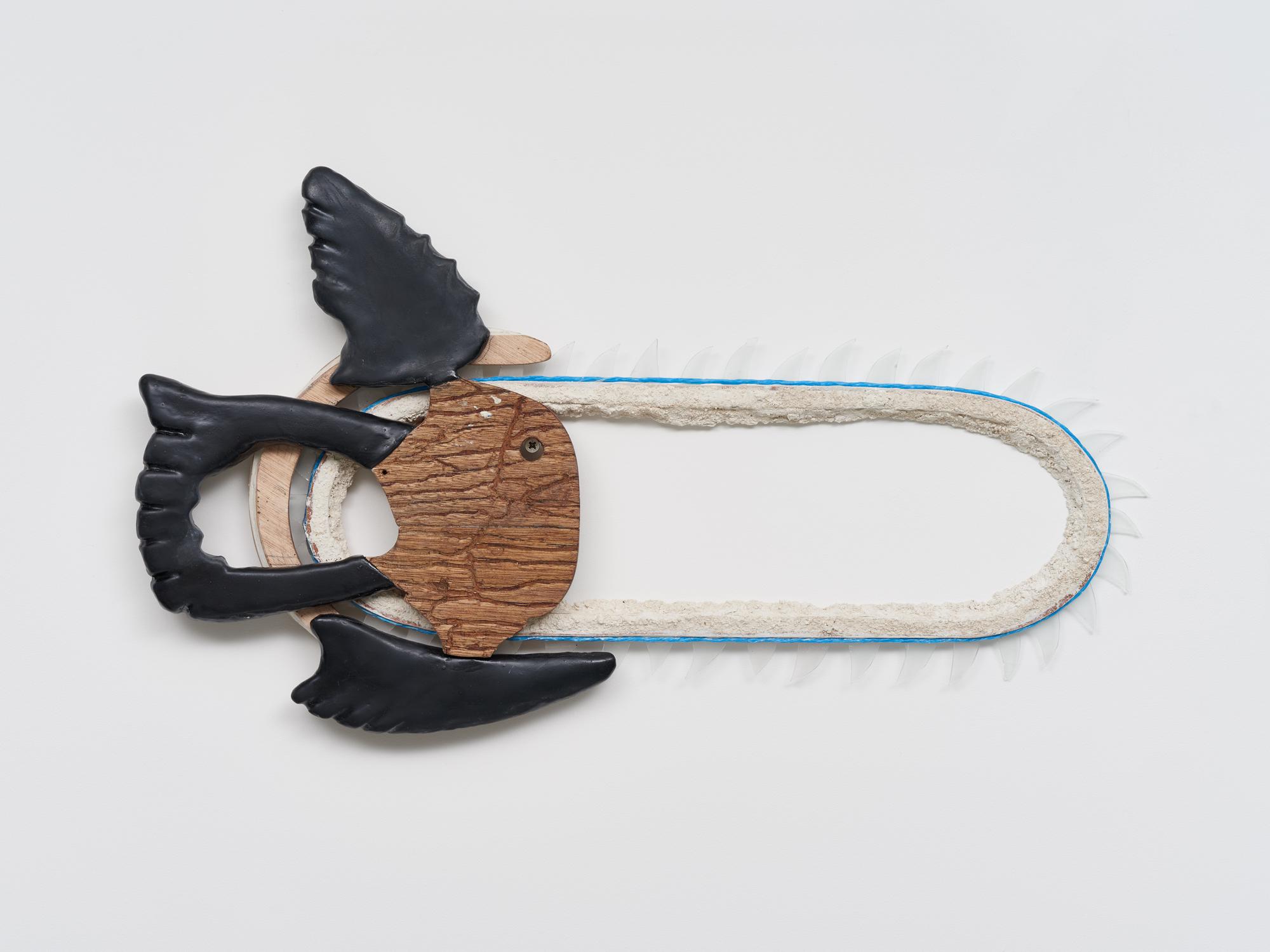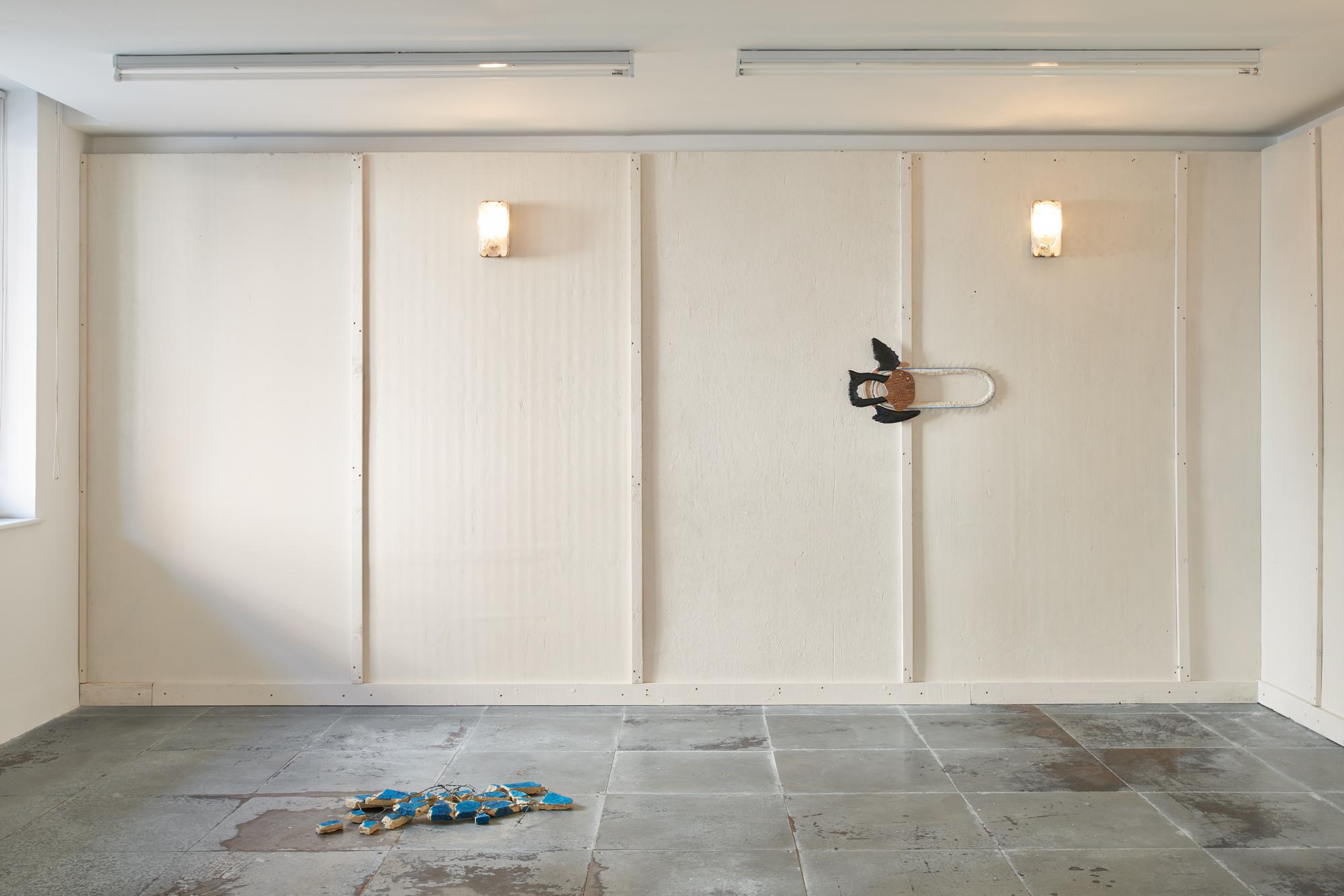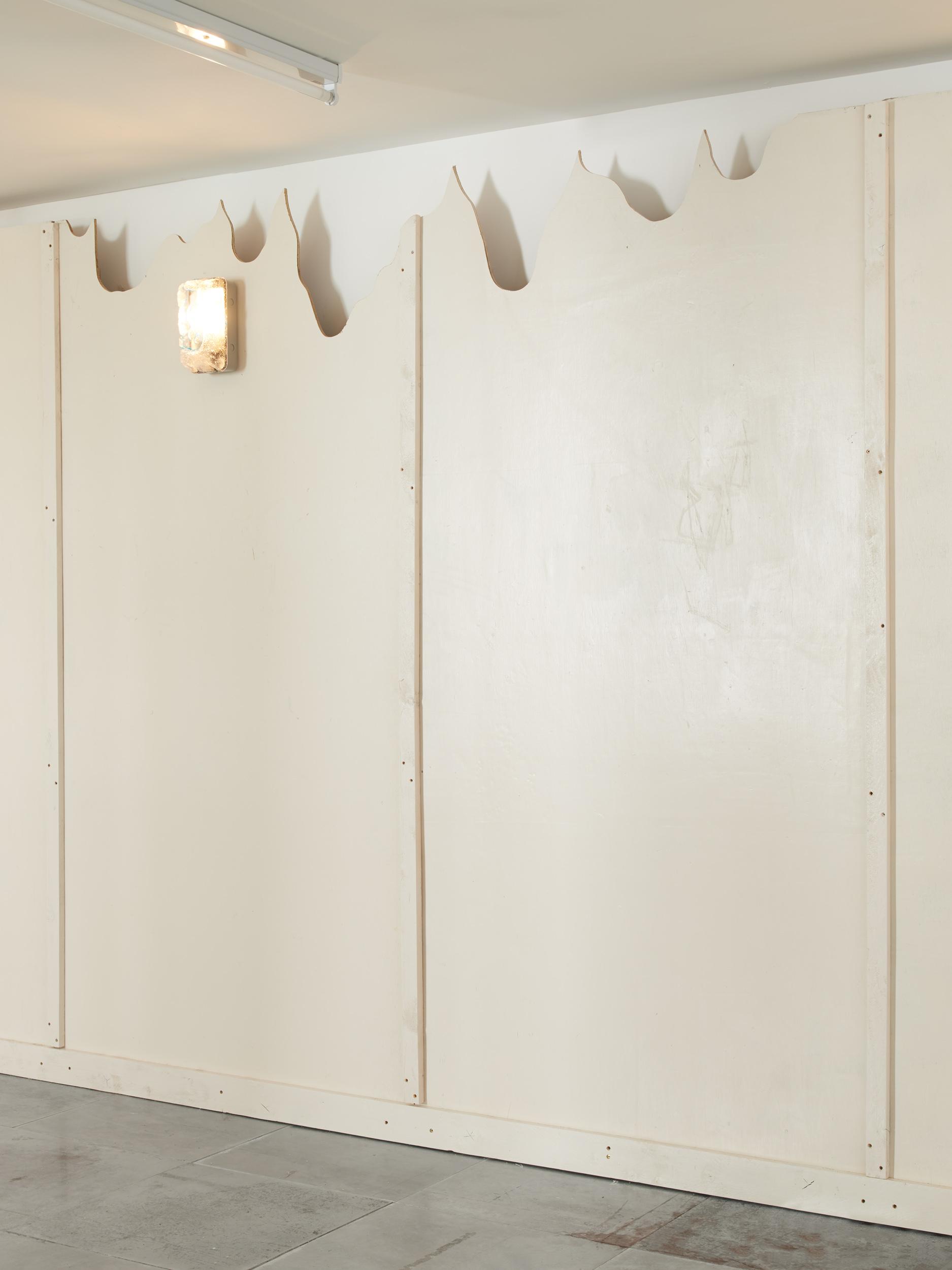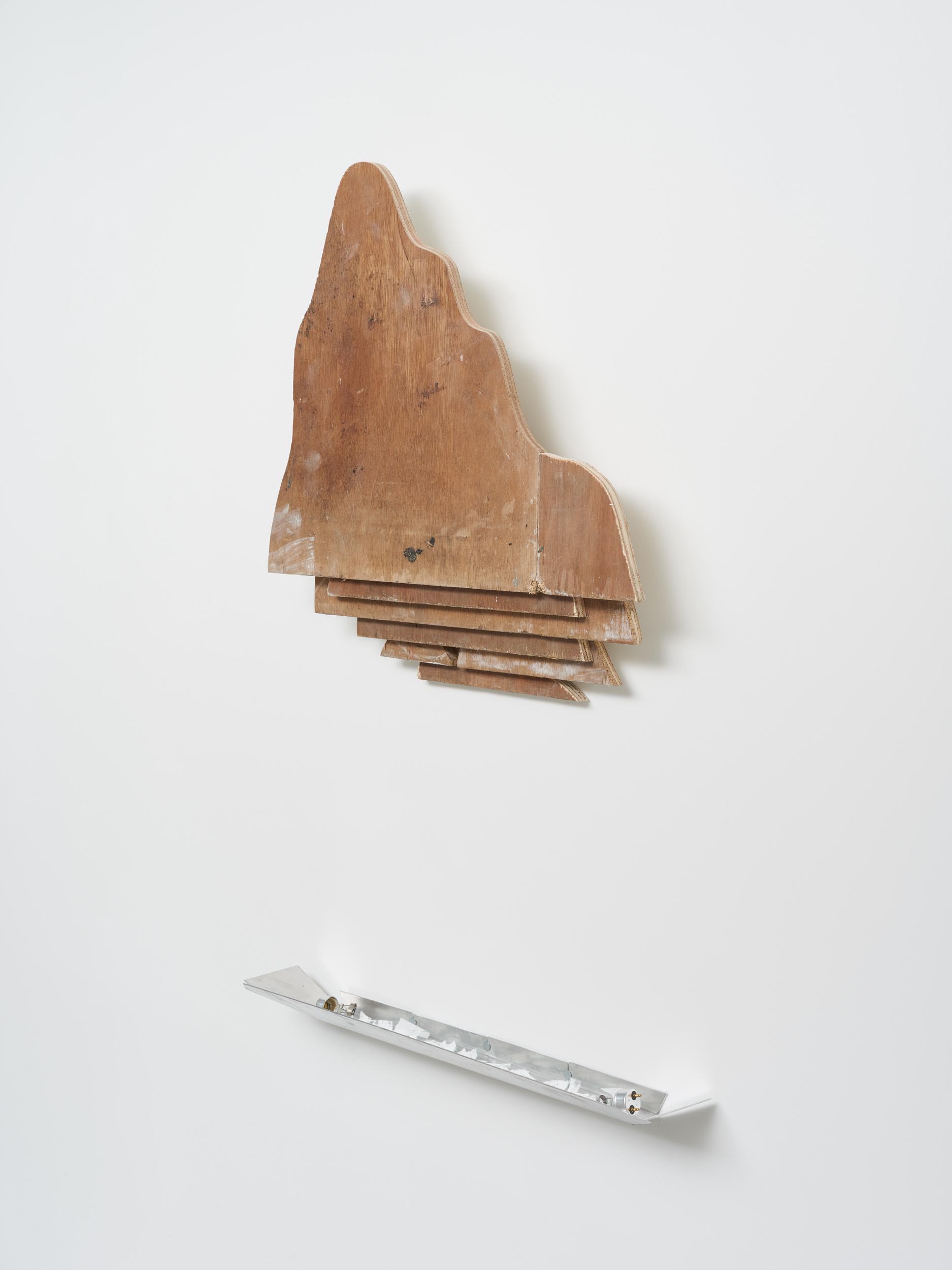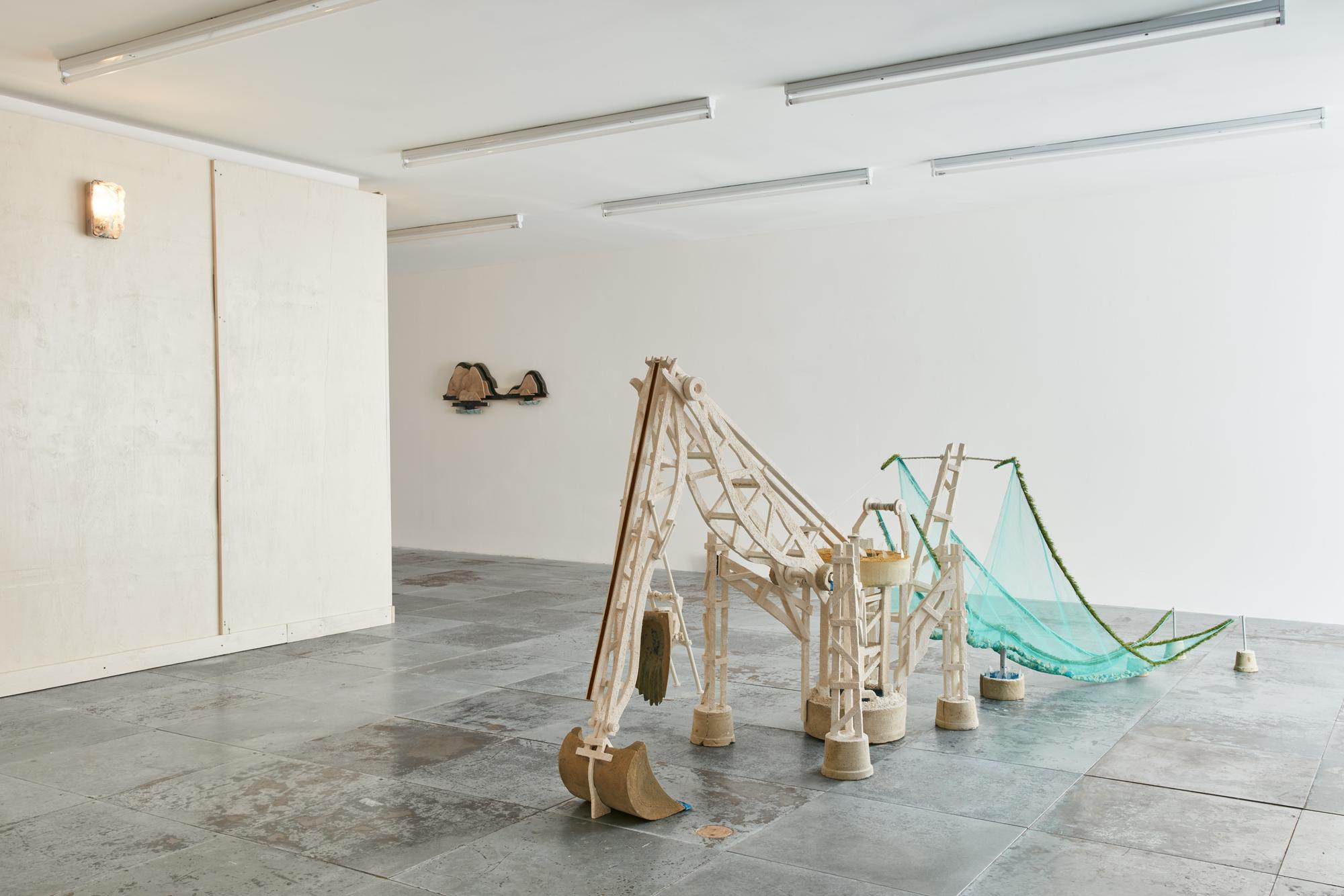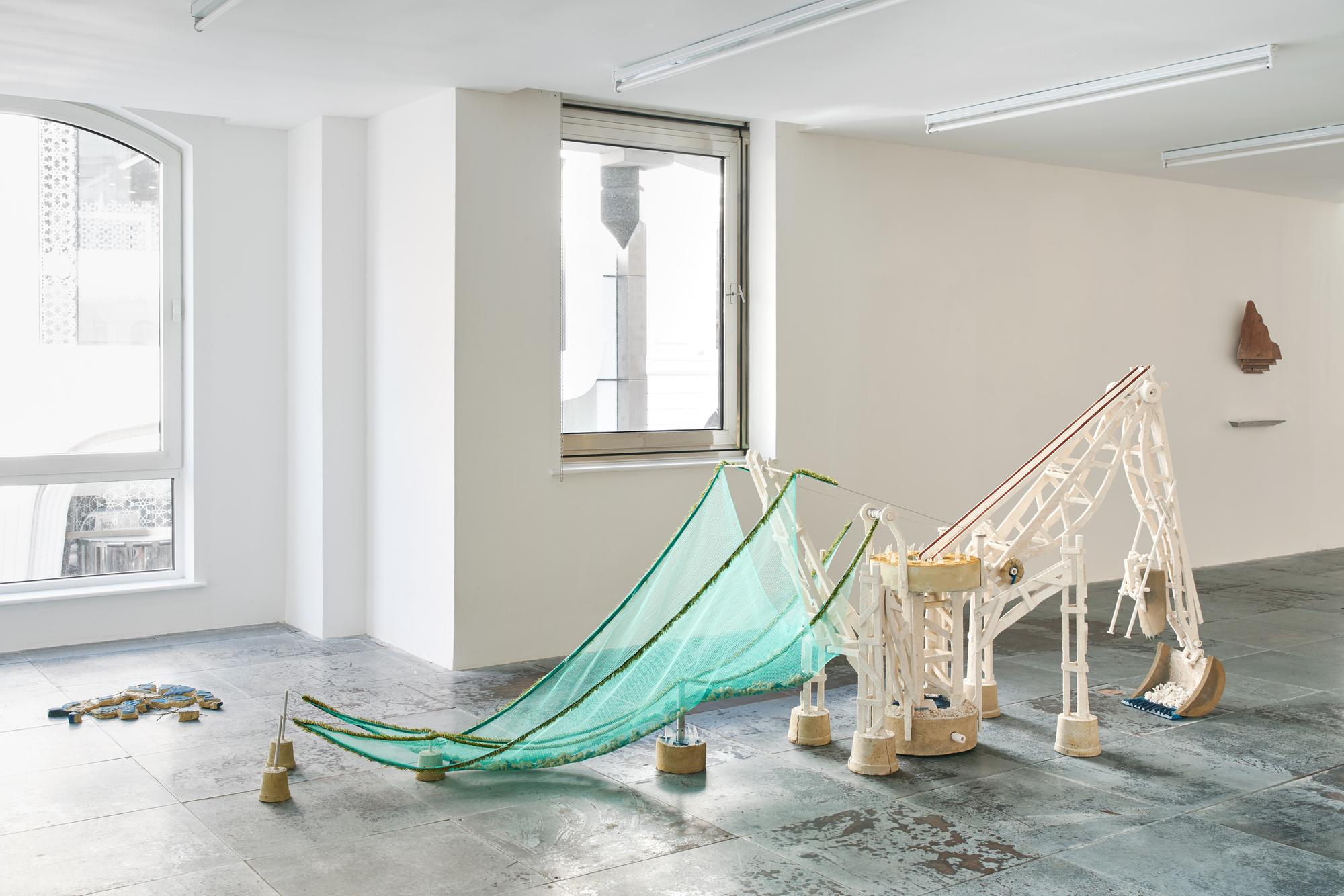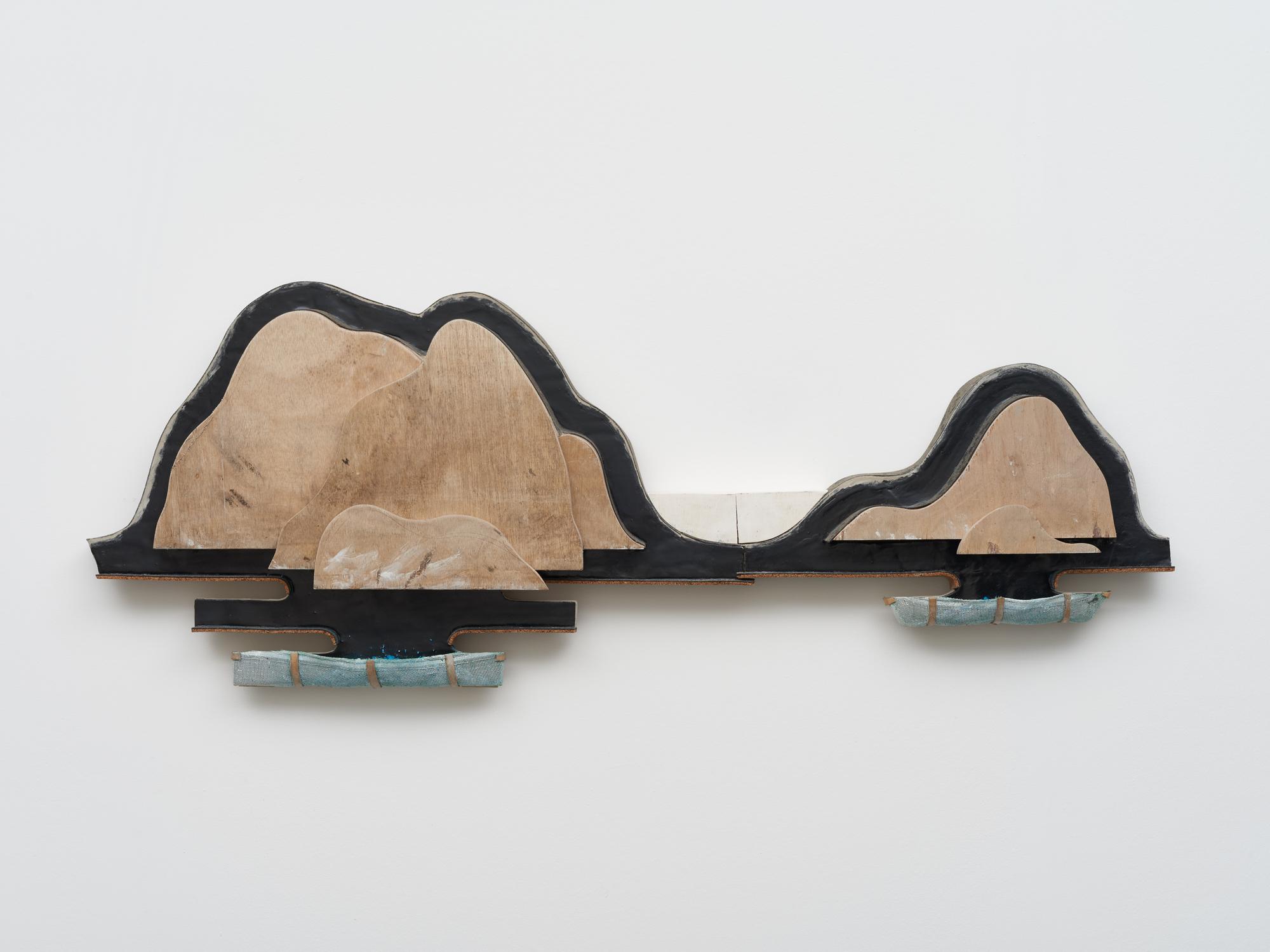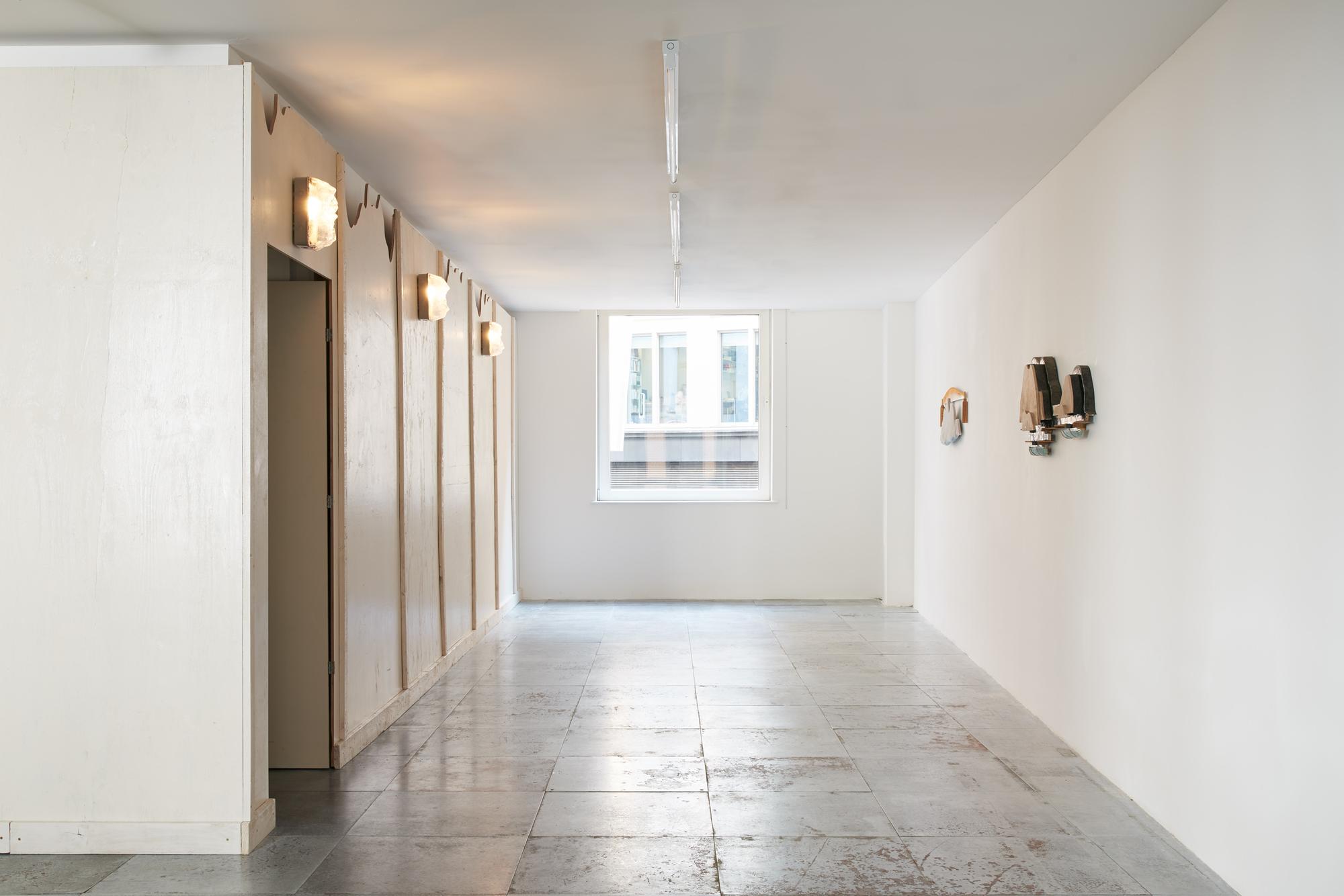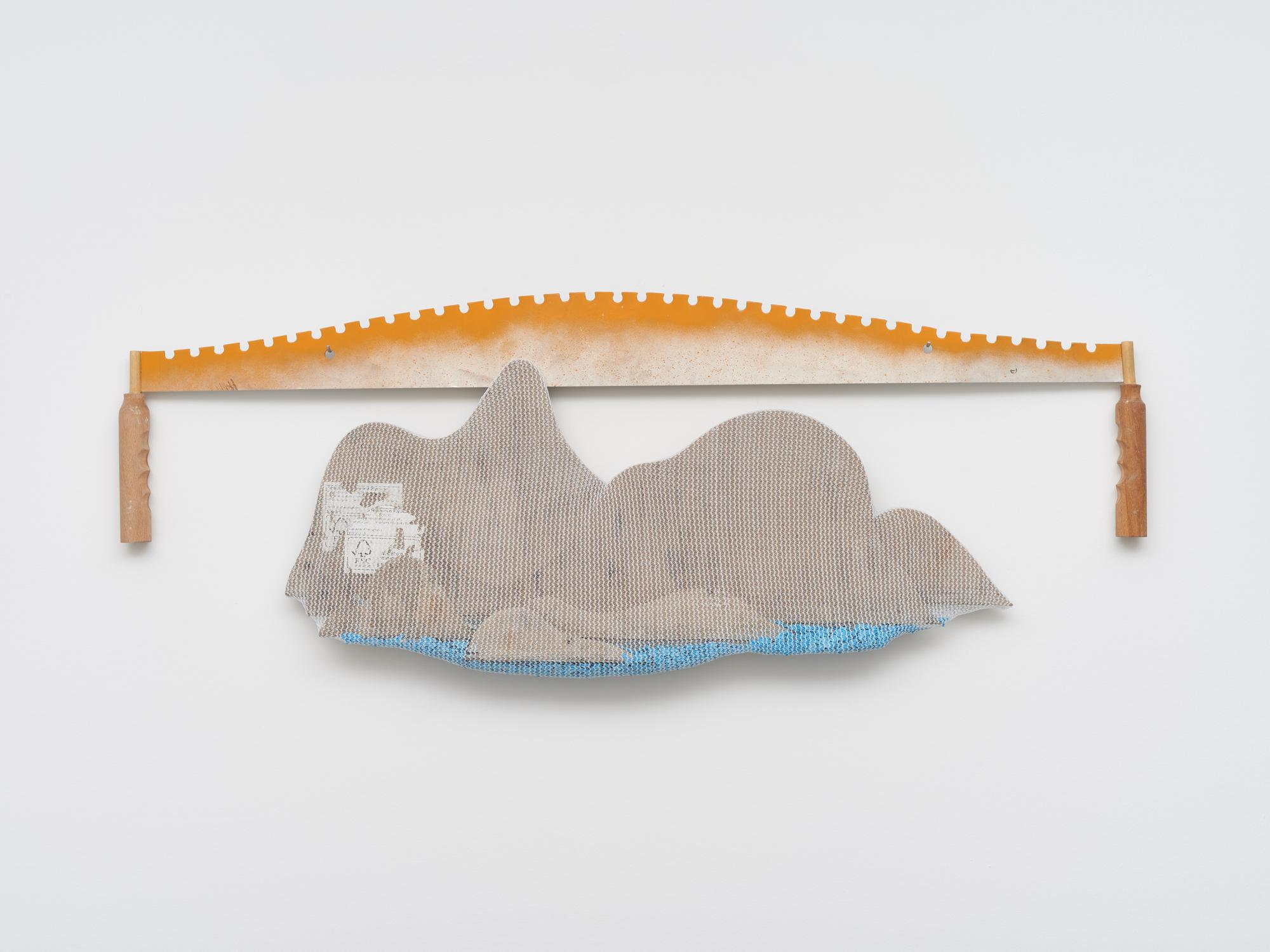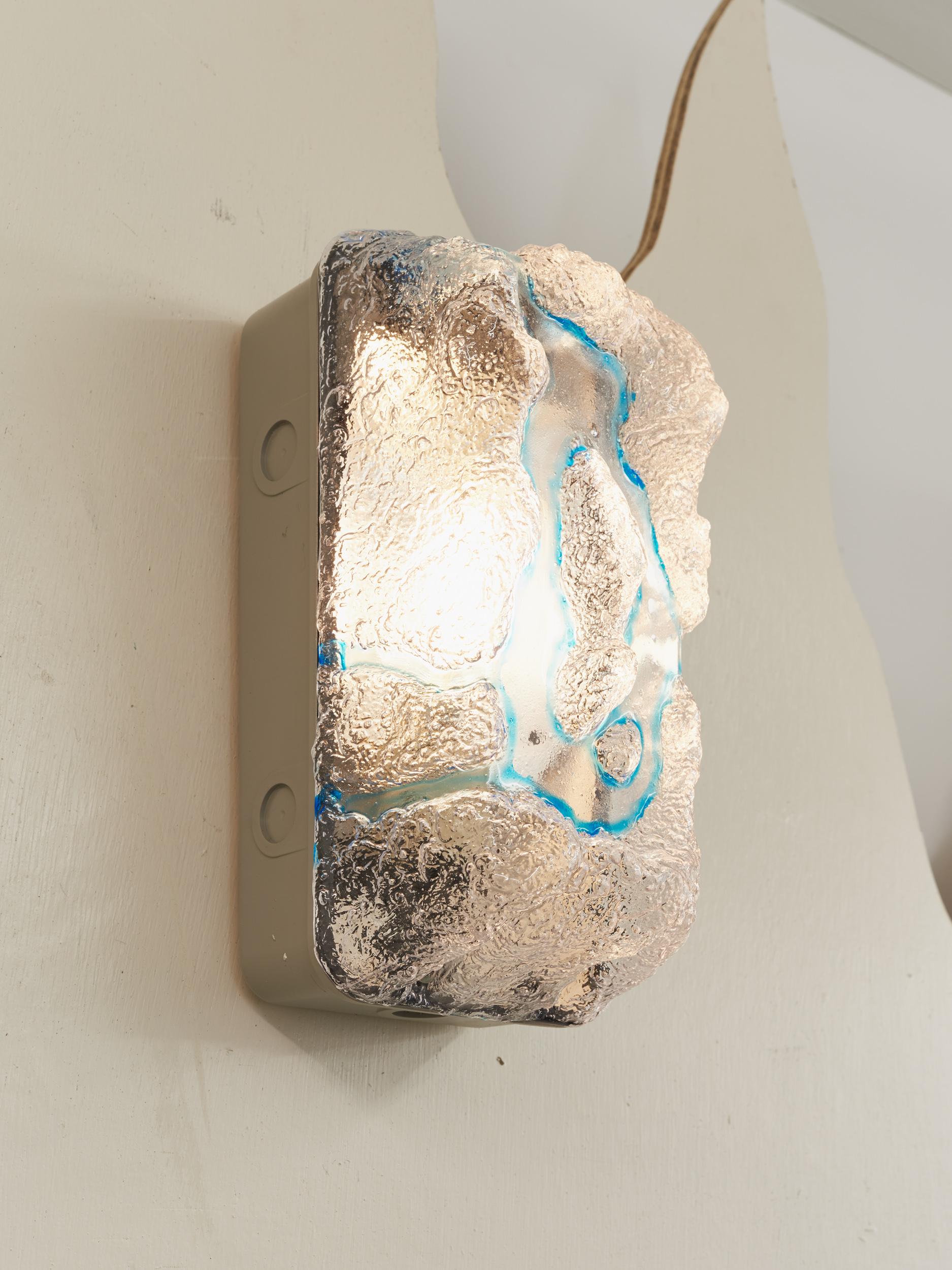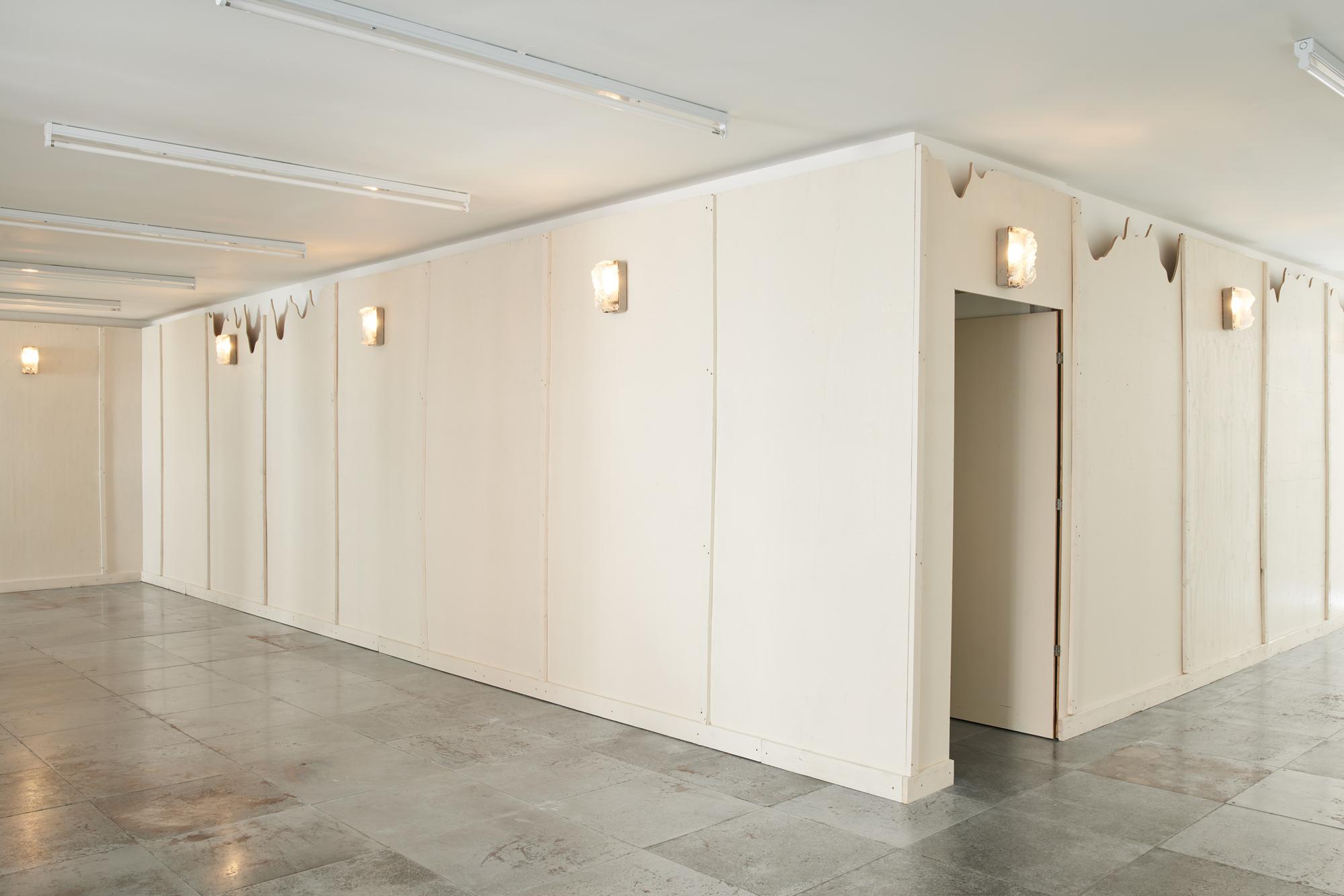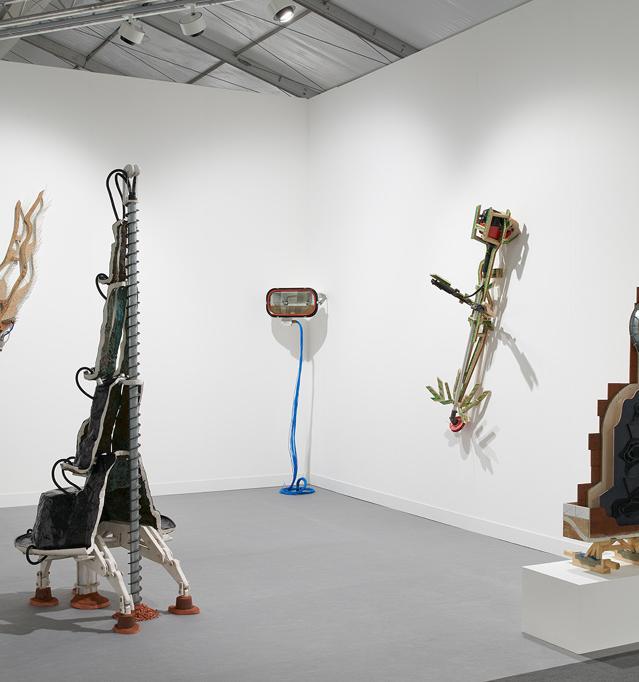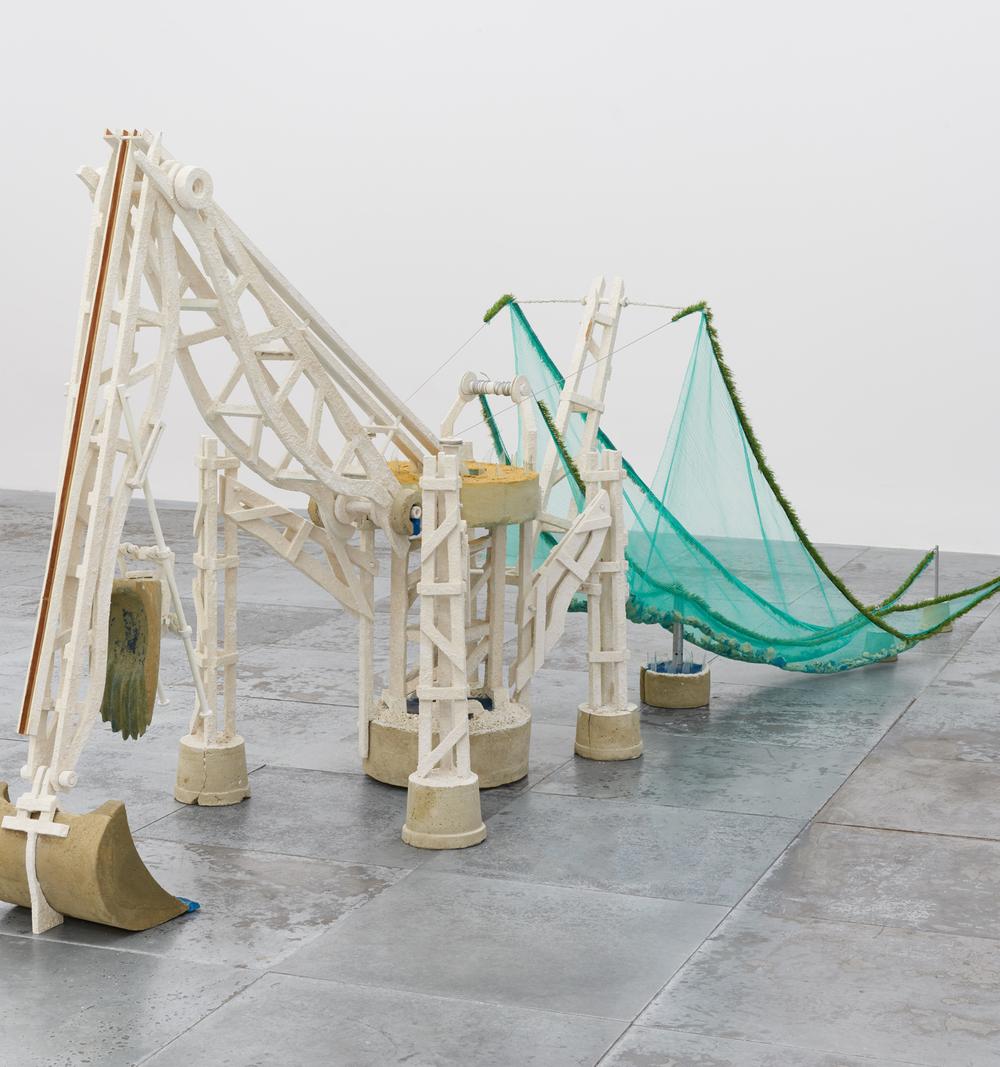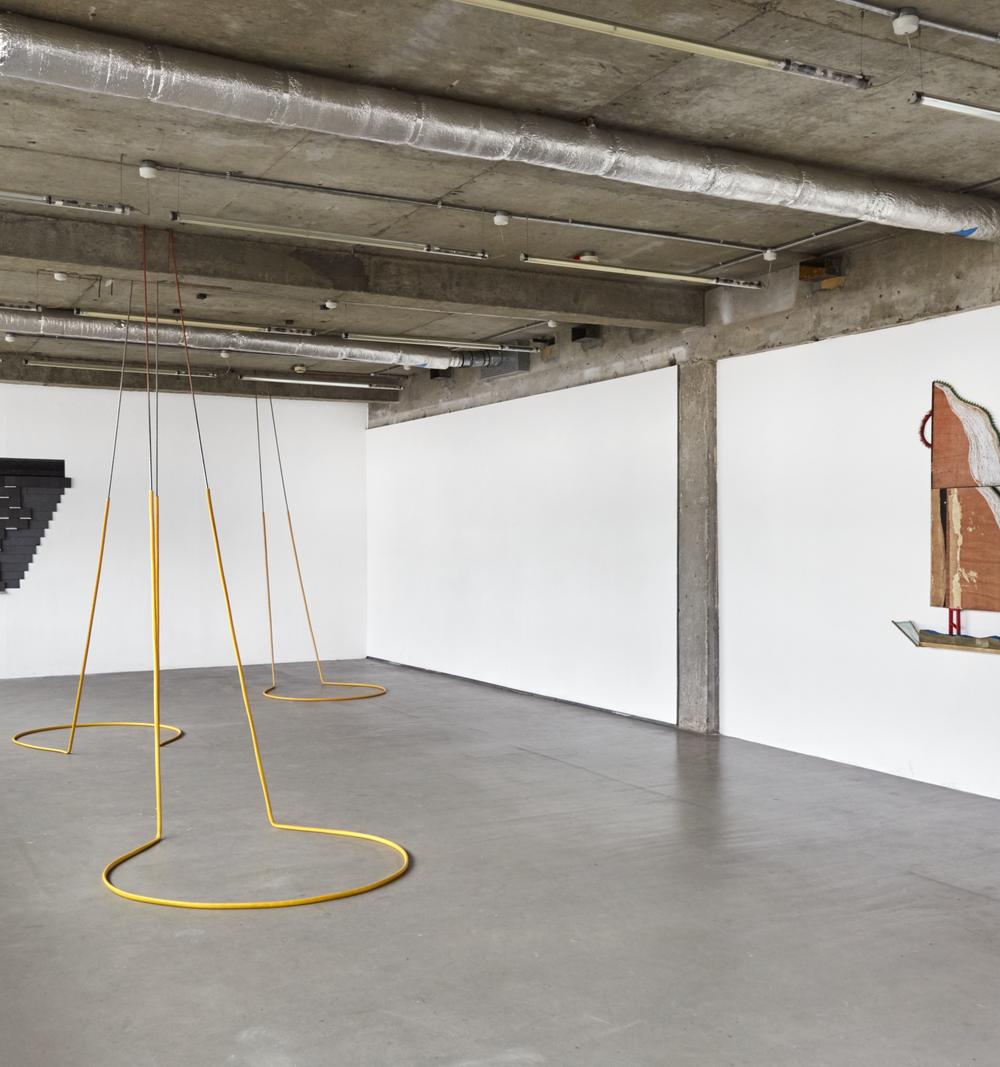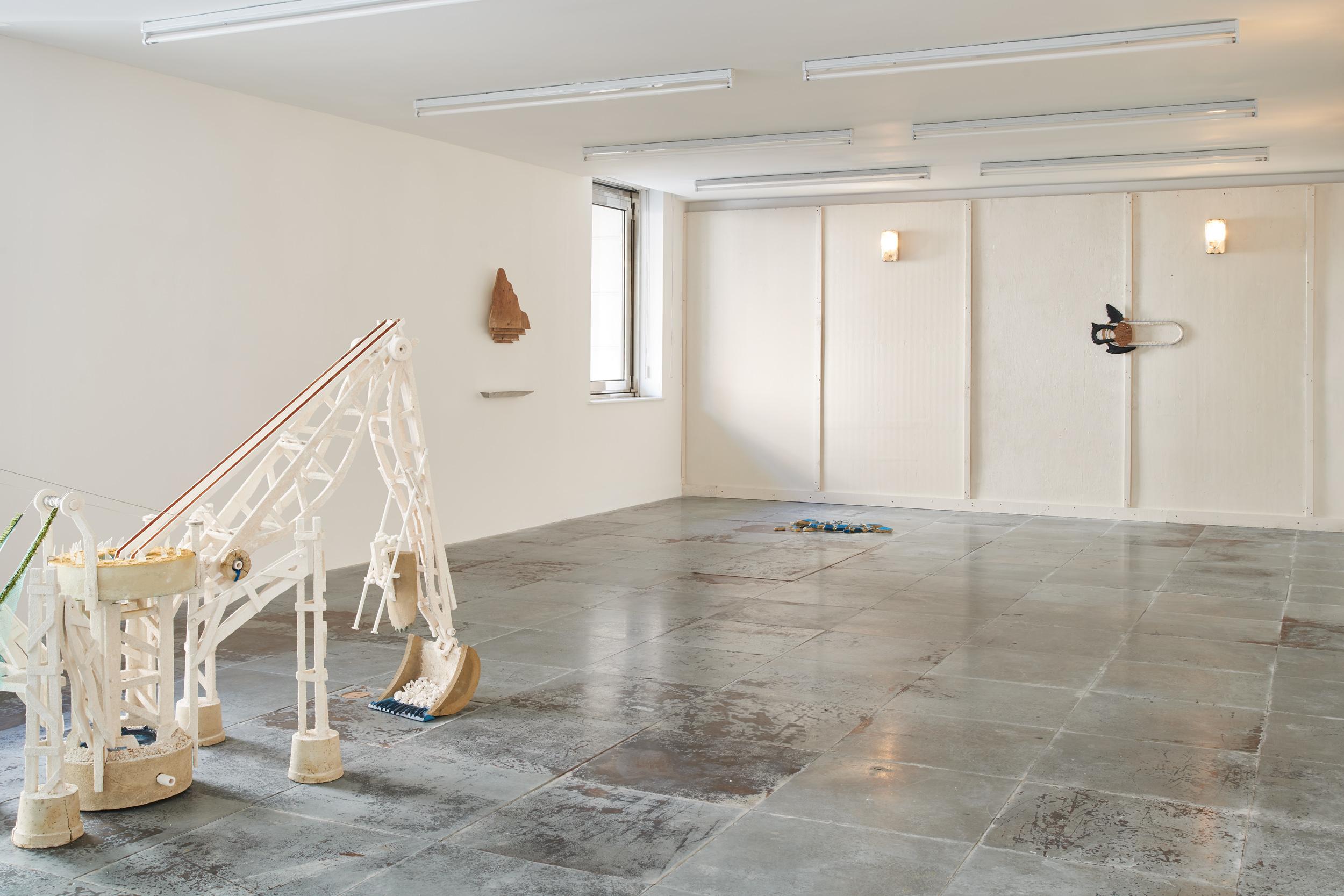
exhibitionJosephine BakerClear Out The Wounds Closest To The Sun09.09—07.10.202156 Conduit Street
11:00am—6:00pm56 Conduit Street
V.O Curations is very pleased to present ‘Clear out the wounds closest to the sun’, a solo exhibition comprising new sculptural work and installation by recent artist-in residence, Josephine Baker. Incorporating standardised industrial materials as well as natural elements such as Dover chalk, oak and pine, the show contemplates the fluid vernacular of London’s organic and built landscapes, and in particular, the ecosystem of building sites and their various materialities.
Un train peut en cacher un autre, the French saying goes, one train may be hiding another. Once a practical warning, this rather ominous formula came to be appropriated, subverted and adapted to various contexts to express that there might be something more complex, more unpredictable than first meets the eye. That one object may be hiding another is a fair warning when encountering the work of Josephine Baker, in which materials, meanings and references are as slippery as they appear concrete.
This is a show born of months of lockdown, during which the artist witnessed the relentless shapeshifting of London’s landscape made even more apparent by the deserted streets, while nature felt like a distant dream. Every element here seems
like it has mutated from a building site, the natural world or the artist’s imagination into a constructed and fantasised landscape of sorts. At the core of this ecosystem is the desire to translate the fluid nature of language into sculpture – to turn poetry into materiality – and it does so by subverting the semiotic systems (linguistic and otherwise) by which we apprehend and understand the world. Baker mixes signifier and signified in tickling associations that have the effect of an agile metaphor: plywood hoarding is carved to delineate an alpine horizon line; its offcuts, turned into mountainous clouds (or are they nebulous mountains?), seem to shed small pieces of rubble collected in pockets below; the cement waves swirl and crash with barbed wire splatter while steampunky hybrid creatures shaped into tools made out of rubber, carved wood and glass, roam loudly (can you hear the clinking and sawing sounds?); standing centre stage, the model-sized digger arm appears made out of chalk, one of the very materials it could be gathering and a most friable one at that. Titles citing a fictional construction site company, Mountain Security, meanwhile hint at the deliberate recuperation of nature’s symbolism and semantic to camouflage an industry predicated on its exploitation.
How the elements interact within this particular ecosystem remains mysterious, but perhaps that’s what we’re here to figure out: to tune in to the invisible dynamics of this (and our) world; to become protagonists in this play ready to be set in motion. For even if it appears still, everything here suggests movement, from the extraction performed by the digger, halfway into crushing the earth, down to the invisible migration of materials that constitute these objects, made manifest in details like an FSC label left visible on the plywood boards (evoking a nebulous provenance from ‘well-managed forests’), or the use of chalk collected by the artist from the cliffs of Dover. Dysfunctional and destructive movements then, not unlike the ones shaping our reality. There is a literal cutting edge to Baker’s sculptures, too, which offsets their motion and points to another returning subject in the artist’s work: frontiers, both physical and mental, natural and human-made. They are signified in the metonyms of barbed wire or the spiky fin-like shards of glass poking out of the digger’s base, or more directly perhaps in the evocation of hoarding and mountains. Figuratively, it’s the geopolitical frontier summoned by the Dover cliffs, as a point of transit or an impassable obstacle, or the socially constructed barrier that separates Baker from the male-dominated world of construction. By conjuring these frontiers, Baker’s work reminds us – like the proverbial French phrase – of the inherent danger and promise that comes with their crossing.

